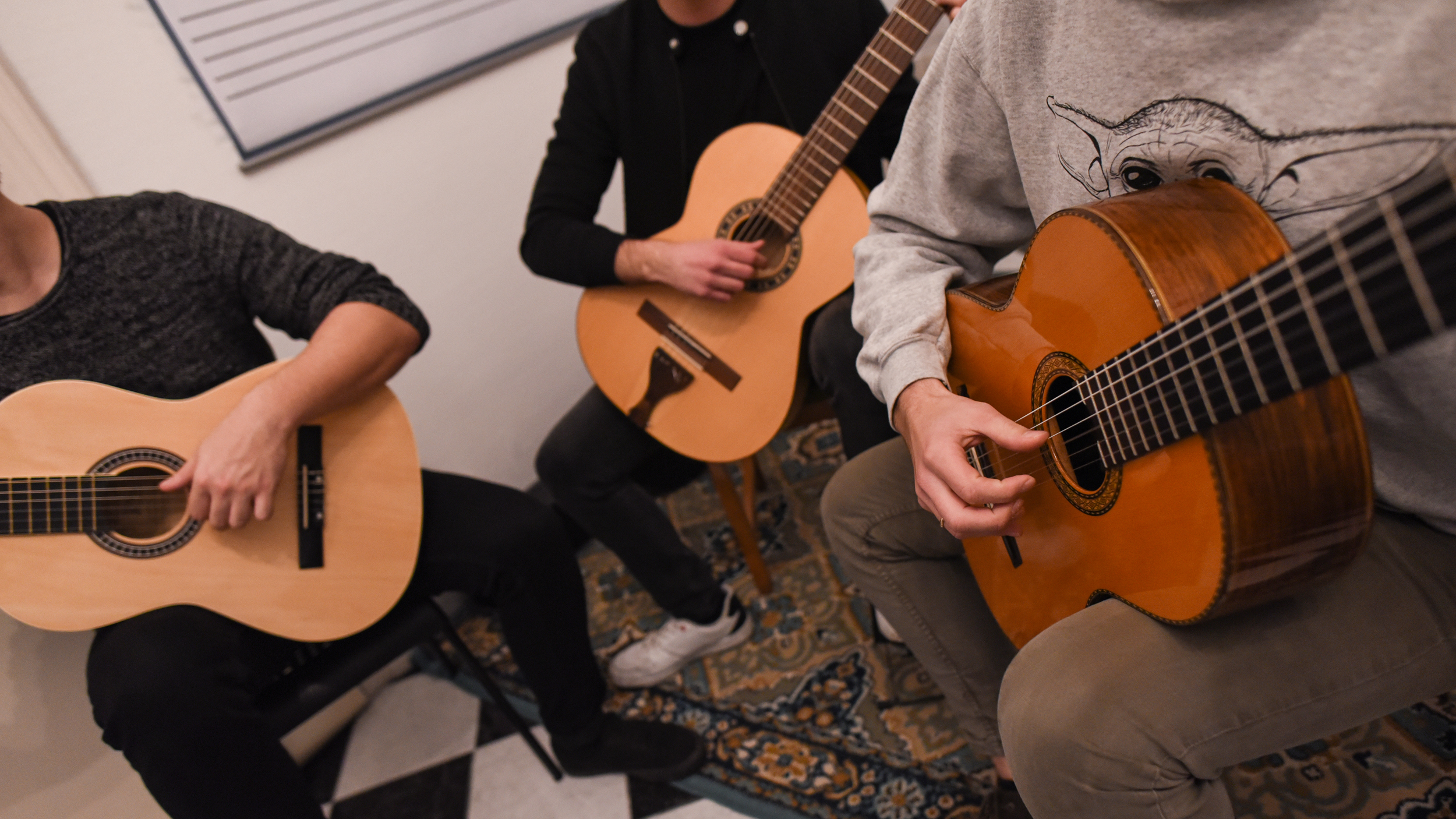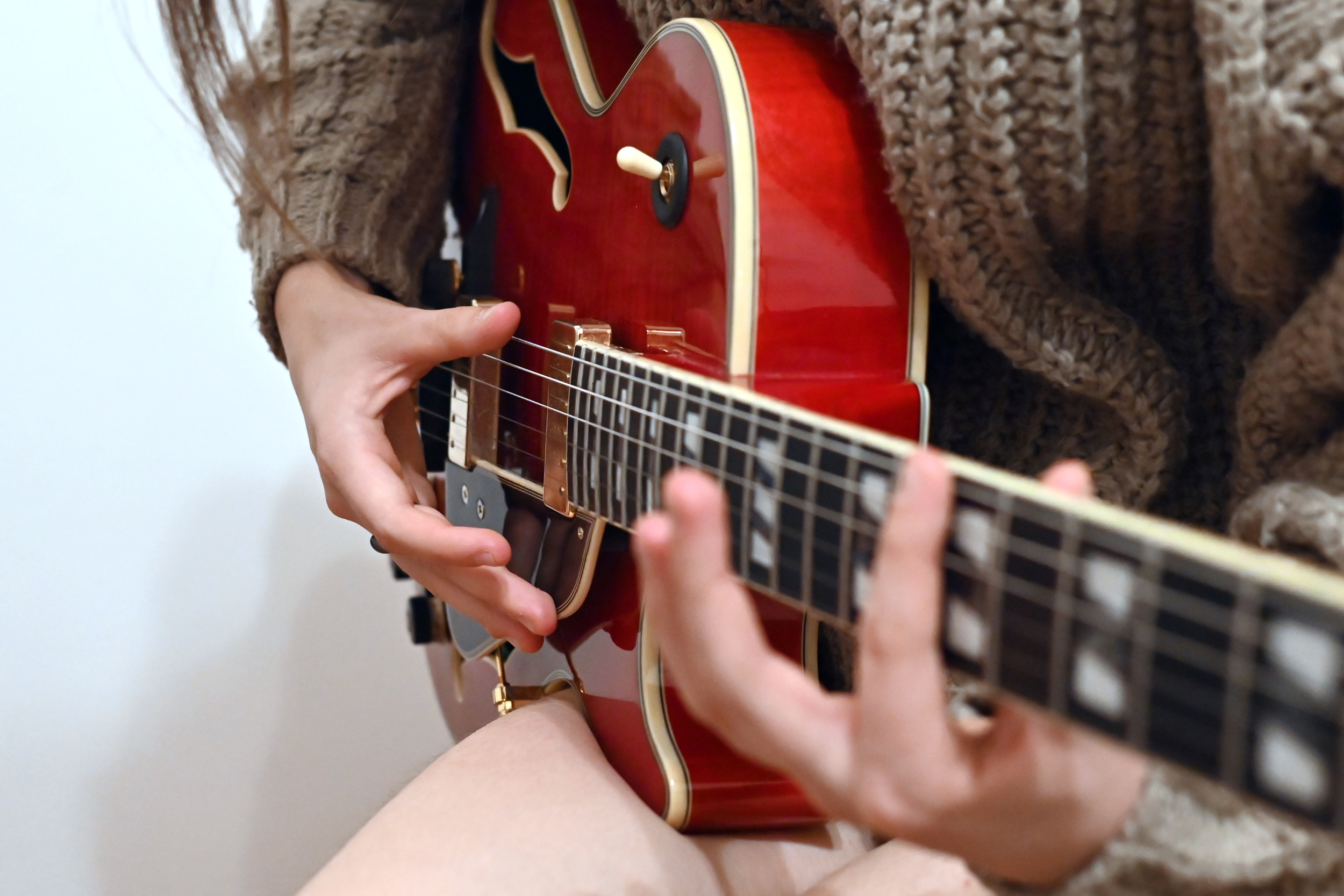Little Bird
9

Category
vocal
Age
10+
Number of participants
12-15
Duration
approx. 20 min.
Working method
- individual
- group work
Musical abilities of the trainers
1 2 3 4 5 6
Equipment and instruments
- roll of paper or pieces of papers (A4)
- pens
- envelops
- music player /app to play the song
Competences
- cultural/intercultural sensitivity
- creative writing
- perception
- attention
- text interpretation
Little Bird
Listening and learning a Hungarian song and reading and discussing
the text and practice creative writing inspired by the music.
AIM
The participants get acquainted with a sad Hungarian folk song to widen their horizon in international music. To encourage creativity by writing lyrics for the songs without knowing the original lyrics and with writing a letter they can practise expressing themselves.
Description
Best time to start this session after a tiring task as a relaxing game.
There are a two possible games to play while listening to this song:
1. Before translating the lyrics: participants sit in a circle on the floor, relatively far apart, everyone gets a pen; they write one by one on a cylindrical long roll of paper (and not looking at the text written before) everybody writes in a few words what exactly you think of the song (lyrics, situation, melody); the text should be as short as a twitter message; when you finish writing, pass the roll paper to the next one. They listen to the song until everyone has written something then they read all the text to which they can comment and discuss.
2. After facilitator shares the translation of the lyrics: participants sit in a circle on the ground, relatively far apart; everyone gets a piece of paper and an envelope and writes a short letter based on the mood of the melody (text, story) or they can write a short letter to a person of their choice, to a beloved but distant one (may be a friend, parent, relative or even an unknown) and when they are ready they put their letter to an envelope. They listen to the song so many times while everyone writes their letter. They can hum the melody while writing the letter. The facilitator collects the envelopes, shuffles and distributes them, and then everyone reads the letter they received. All letters can be applaused to encourage the writer.
Lyrics
Madárka, madárka,
Csácsogó madárka,
Vidd el a levelem,
Vidd el a levelem,
Szép magyar hazámba.
Ha kérdi, ki küldte,
Mondjad, hogy az küldte,
Kinek bánatába,
Szíve fájdalmába
Meghasad a szíve.
Translation:
Little bird, little bird,
Chirping liitle bird,
Take my letter, take my letter,
to my beautiful Hungarian homeland.
If he asks who sent it,
Tell him to one sent it,
Whose heart is just ripping because of sedness
and heartache.
comments for facilitators
Listening to and singing (humming) the melody requires a calm, quiet environment without more vigorous movements. It is important that all letters receive praise, applaud each other’s work.








Recent Comments